Phonics and Early Reading
Welcome to the Phonics page! I am Miss Halliday, the Phonics Lead at Riddlesden St Mary's CofE Primary School and Nursery.

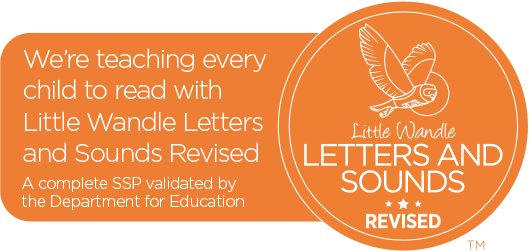
I am thrilled to lead our Phonics programme and, along with our dedicated team, am committed to helping every child become a confident, fluent reader. We're excited for you to join us on our Little Wandle Phonics journey! Explore this page for more information, helpful resources, and videos.
At Riddlesden, we believe that all our children can become fluent readers. This is why we teach reading through Little Wandle Letters and Sounds Revised, which is a systematic and synthetic phonics programme.
The Little Wandle Letters and Sounds Revised programme begins in the earliest years with the Foundations for Phonics programme, which we deliver to our Nursery children. This ensures that our children are well prepared to begin to learn grapheme-phoneme correspondences and blending to read in Reception and Year 1, where they will follow the Little Wandle Letters and Sounds Revised Progression, which is designed to ensure that all children build on their growing knowledge of the alphabetic code, mastering phonics to read and spell as they move through school.
Phonics Strategy
rsm phonics strategy 24 25.pdf
Phonics Progression and Teaching
Nursery
Foundations for phonics is started with our youngest children in Nursery. Sessions take place daily with a balance of child-led and adult-led learning supporting all children in meeting the curriculum expectations for ‘Communication and Language’ and ‘Literacy’. These may include:
- sharing high-quality stories and poems
- learning a range of nursery rhymes and action rhymes
- activities that develop focused listening and attention, including oral blending
- attention to high-quality language.
Click here to access the Little Wandle Nursery Rhyme Videos.
Reception
Children start phase 2 of the Little Wandle phonics programme as soon as possible after starting Reception, usually week 2 of the Autumn term. Phase 2 teaches children the first 32 phonemes (36 graphemes) and follows a carefully sequenced progression so that children are able to start to read and write as soon as reasonably possible.
Phonics is taught every day in Reception so that children have plenty of opportunities to revisit, practice and apply their phonic knowledge. It is very important that children learn to pronounce the phonemes correctly. Our videos below can help with this.
Here are some Reception children in action!
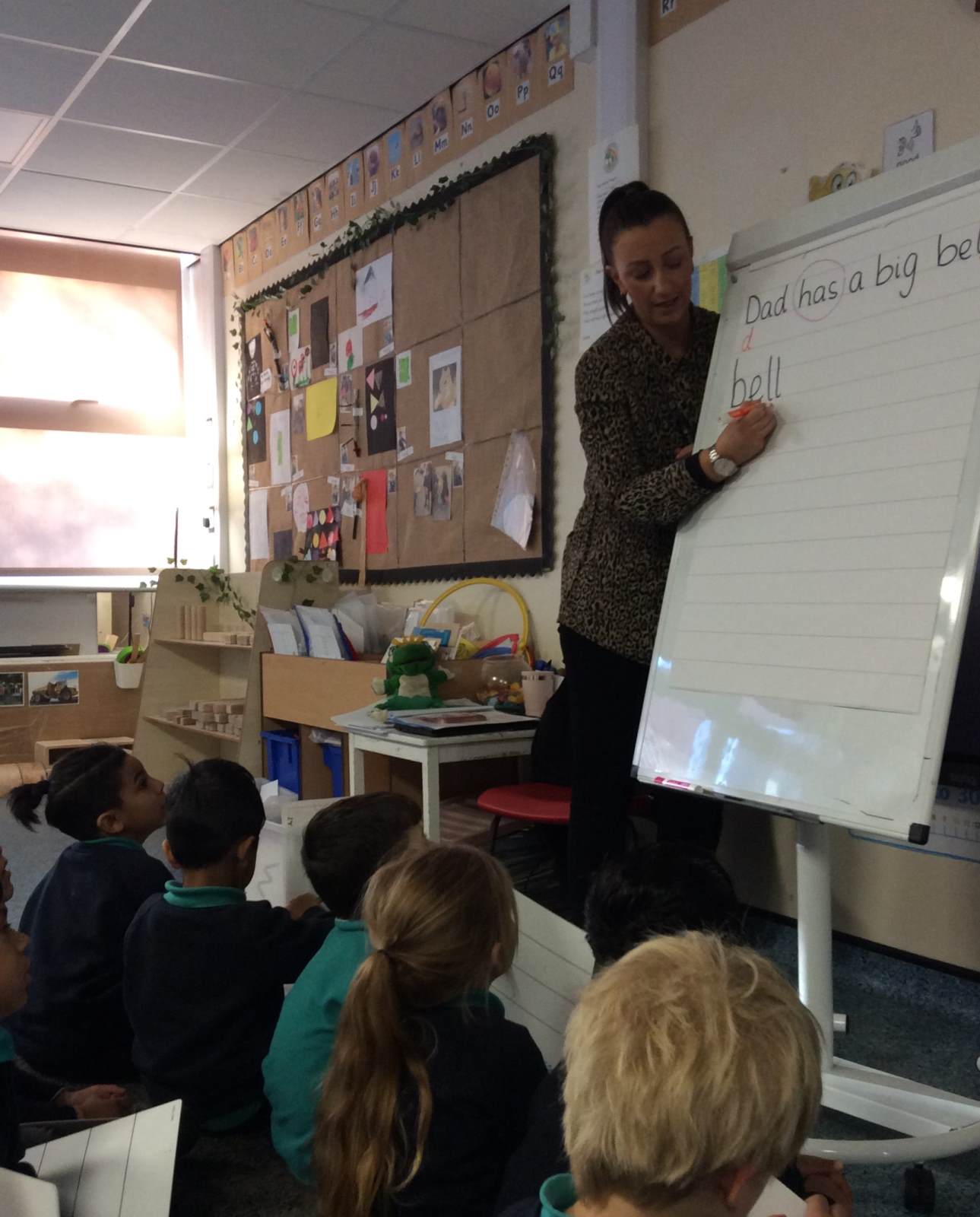
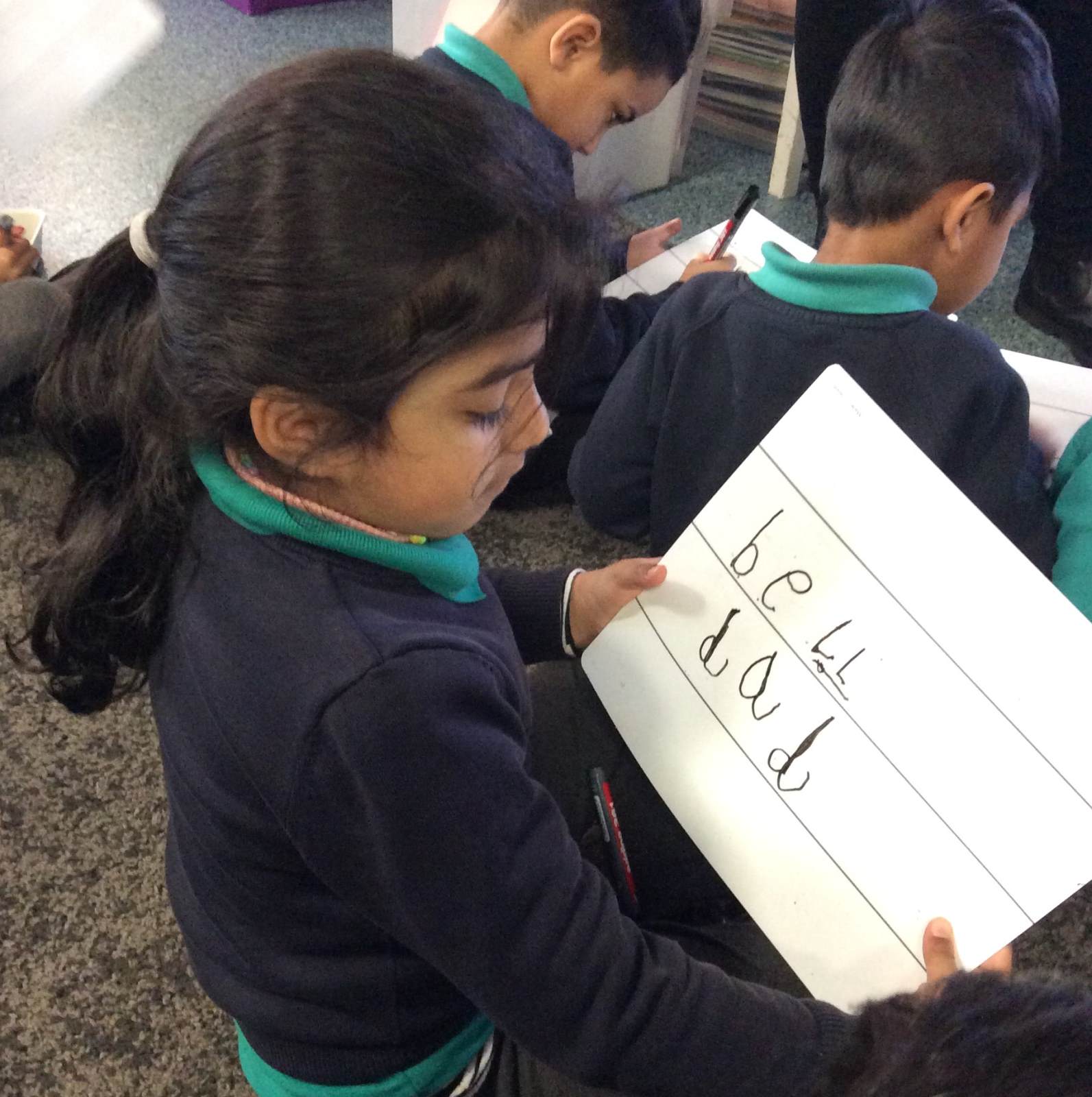
These guides and videos will show you how to pronounce all of the Phase 2 phonemes. You can use these with your child at home to help them with their pronunciation of phonemes and recognition of corresponding graphemes.
programme overview reception 1.pdf
Year 1
Children in Year 1 continue to follow the Little Wandle Letters and Sounds Revised programme. They learn how to ‘grow the code,’ learning that there are different ways to represent the different phonemes that they learnt in Reception.
By the end of Year 1, children will have been taught all of the phonemes and graphemes in the English language and should be able to decode and read any word. They should be reading age appropriate texts with confidence and fluency. Our aim is for children to have completed the Little Wandle programme by the end of Year 1.
programme overview year 1 1.pdf
Year 2
Little Wandle Letters and Sounds Revised have provided Year 2 content that offers a seamless link from the core programme. It includes Little Wandle Fluency and Little Wandle Spelling, incorporating a Phase 5 review, Bridge to spelling and the Spelling units.
We are looking forward to using this with our current Year 2 cohort.
Phonics Action Plan
phonics action plan 2024 2025.pdf
Daily Catch up and Rapid Catch up
Any child who needs additional practice has daily keep-up support, taught by a fully trained adult. Keep-up lessons match the structure of class teaching, and use the same procedures, resources and mantras, but in smaller steps with more repetition, so that every child secures their learning.
These short, sharp lessons last between 5 and 15 minutes daily and have been designed to ensure children quickly close the gaps in reading.
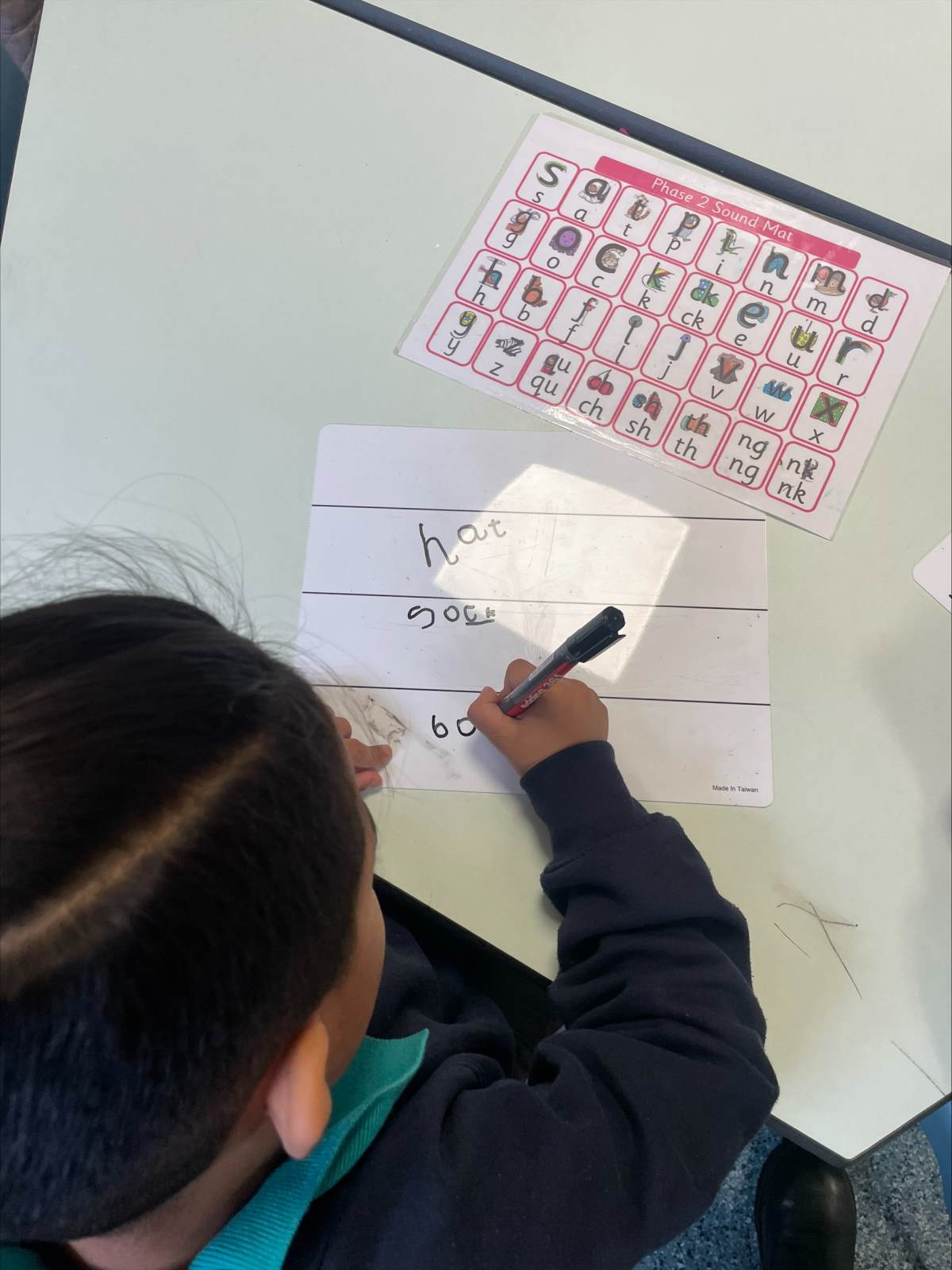
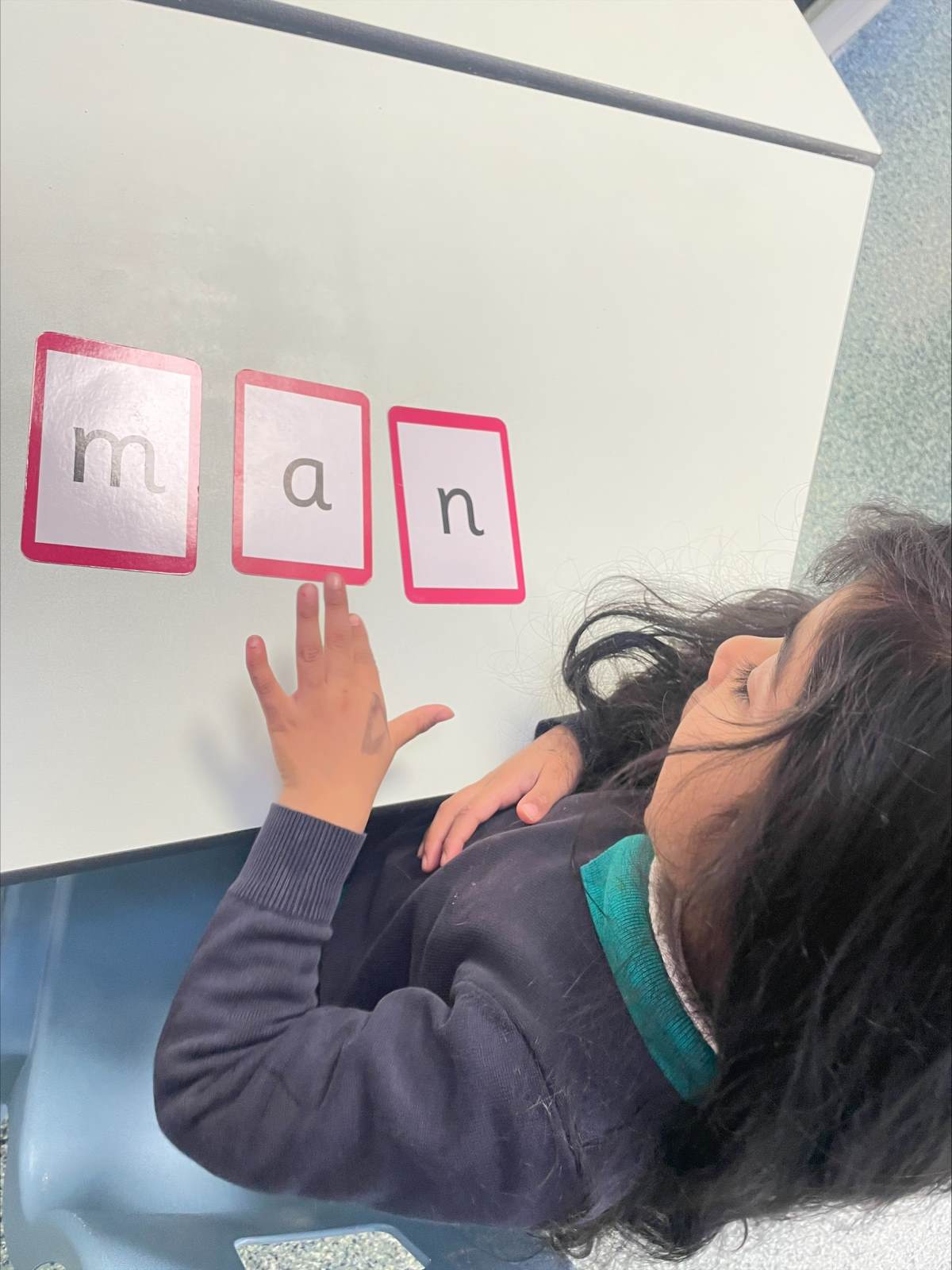
We also run the 7+ Rapid Catch-up programme for use with children in Year 2 and above who need more support with mastering the phonic code and becoming fluent readers.
Reading practice sessions
Small group reading provides children with an opportunity to practice and apply what they have learnt in phonics. Reading sessions are taught by fully trained adults to small groups children. Teachers will use the Little Wandle Letters and Sounds Revised assessments and matching grids to ensure that children are given a book that is fully decodable in line with their secure phonic knowledge.

Each reading practice session has a clear focus, so that the demands of the session do not overload the children’s working memory. The reading practice sessions have been designed to focus on three key reading skills.
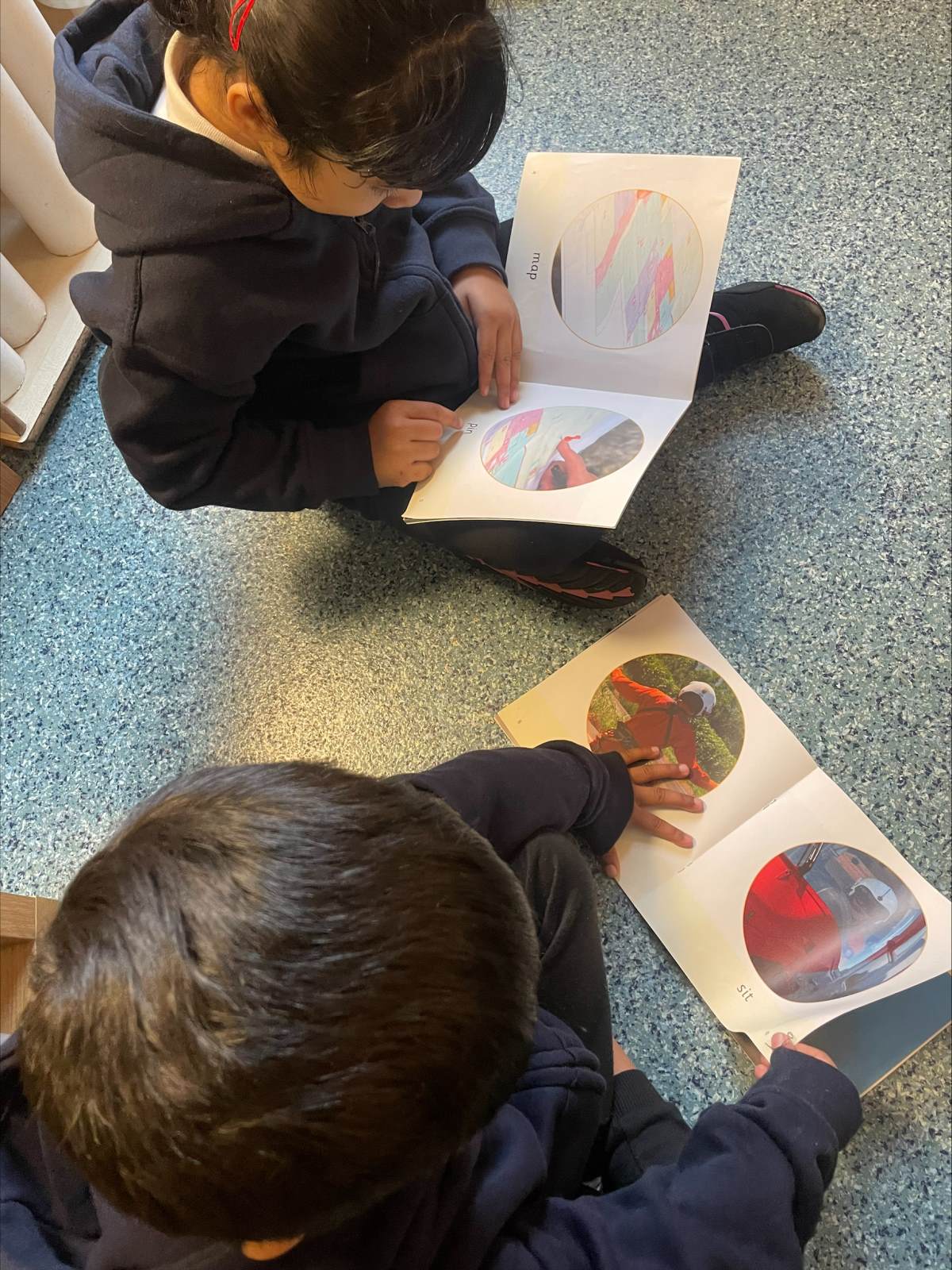
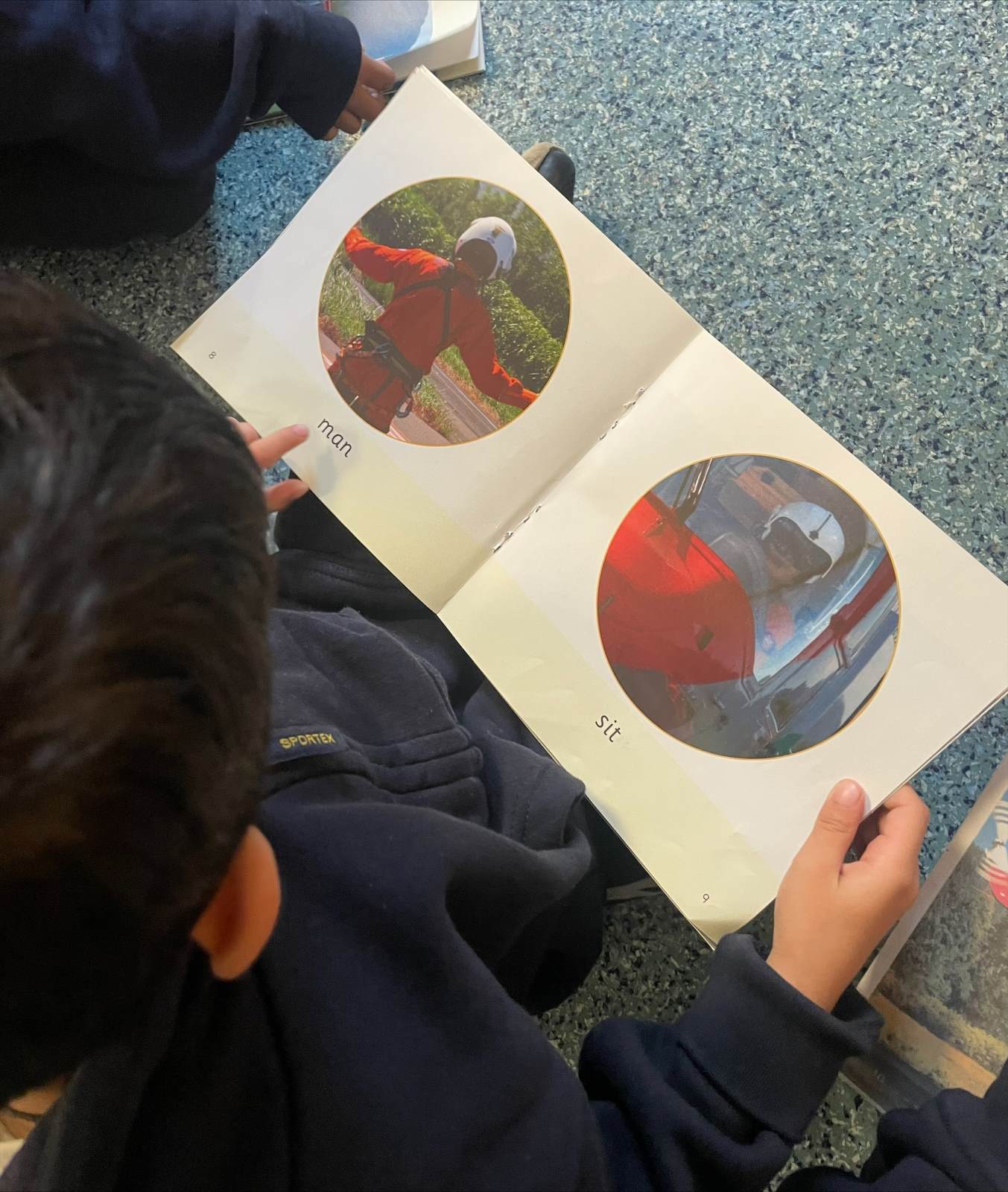
Children read the same book aloud in each of the three sessions with growing automaticity and accuracy. The pre-read and independent reading parts of the sessions are essential in providing the repeated practice needed for children to build fluency. Each session in this ‘three read’ model has a clear focus:
• Read 1: decoding - children will practice decoding the words in the book and will discuss the meaning of any new words before reading
• Read 2: prosody – reading with meaning, stress and intonation. We also refer to this as our 'story teller voice'
• Read 3: comprehension – understanding the text
Useful Terminology
ls key guidance glossary 4 .pdf
How to say the phonemes
//player.vimeo.com/video/742982775?title=0&byline=0&loop=1#t=0.5
Books coming home
Supporting your child with reading
Although your child will be taught to read at school, you can have a huge impact on their reading journey by continuing their practice at home.
There are two types of reading book that your child will bring home:
- A reading practice book. This will be at the correct phonic stage for your child. They should be able to read this fluently and independently.
- A sharing book. Your child will not be able to read this on their own. This book is for you both to read and enjoy together.
Reading practice book
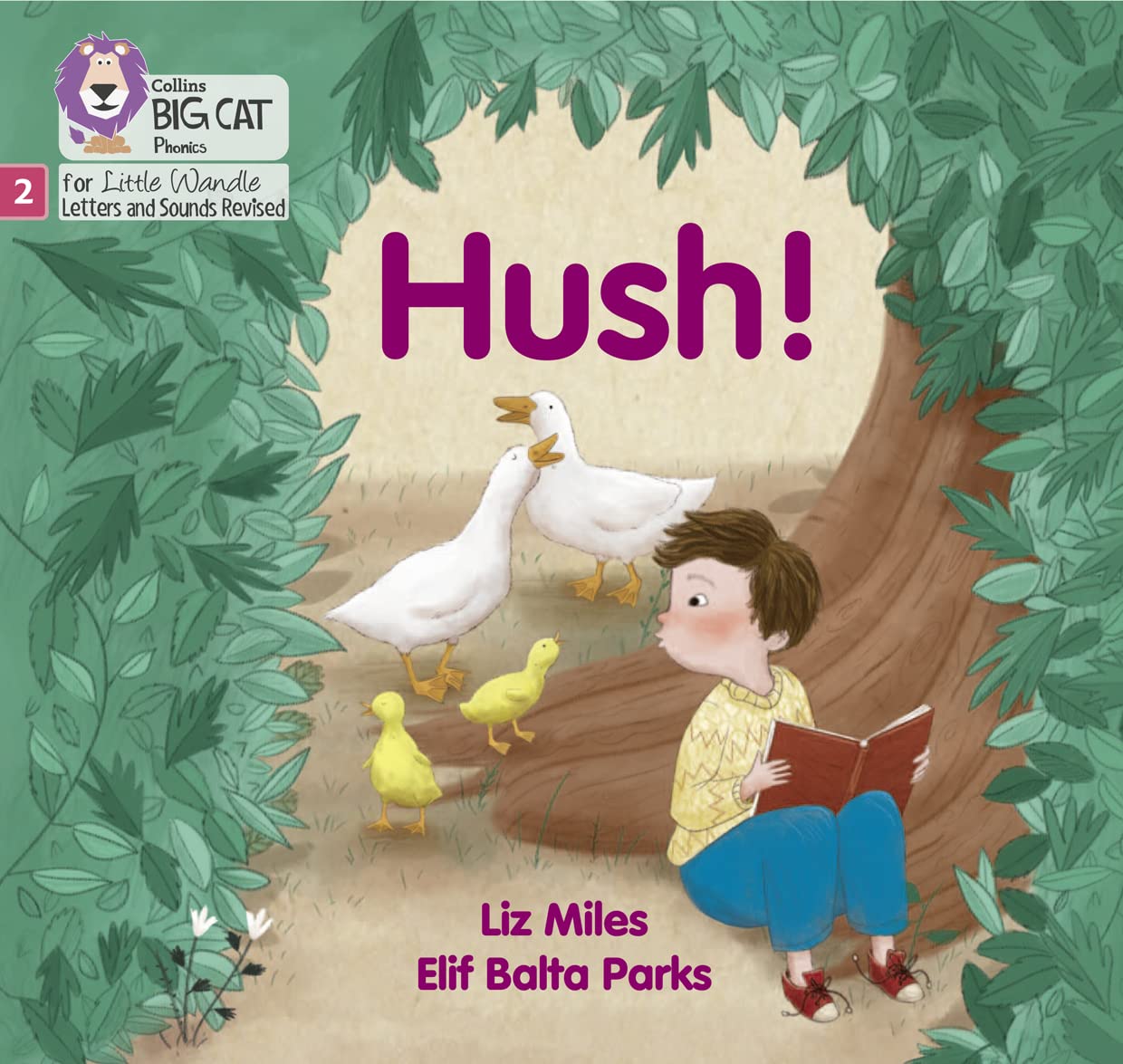
This book has been carefully matched to your child’s current reading level. If your child is reading it with little help, please don’t worry that it’s too easy – your child needs to develop fluency and confidence in reading.
Listen to them read the book. Remember to give them lots of praise – celebrate their success! If they can’t read a word, read it to them. After they have finished, talk about the book together.
Sharing book
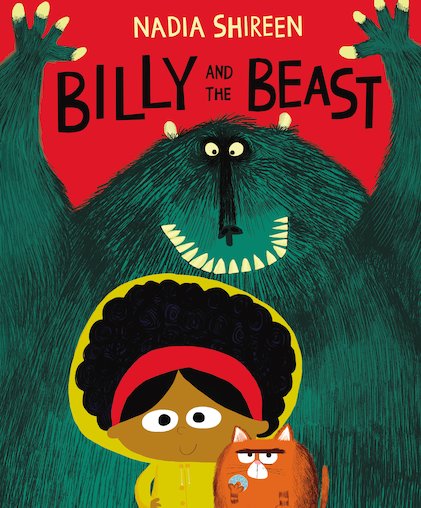
In order to encourage your child to become a lifelong reader, it is important that they learn to read for pleasure. The sharing book is a book they have chosen for you to enjoy together.
Please remember that you shouldn’t expect your child to read this alone. Read it to or with them. Discuss the pictures, enjoy the story, predict what might happen next, use different voices for the characters, explore the facts in a non-fiction book. The main thing is that you have fun!
We offer sessions for parents to join some reading for pleasure and phonics sessions over the academic year.
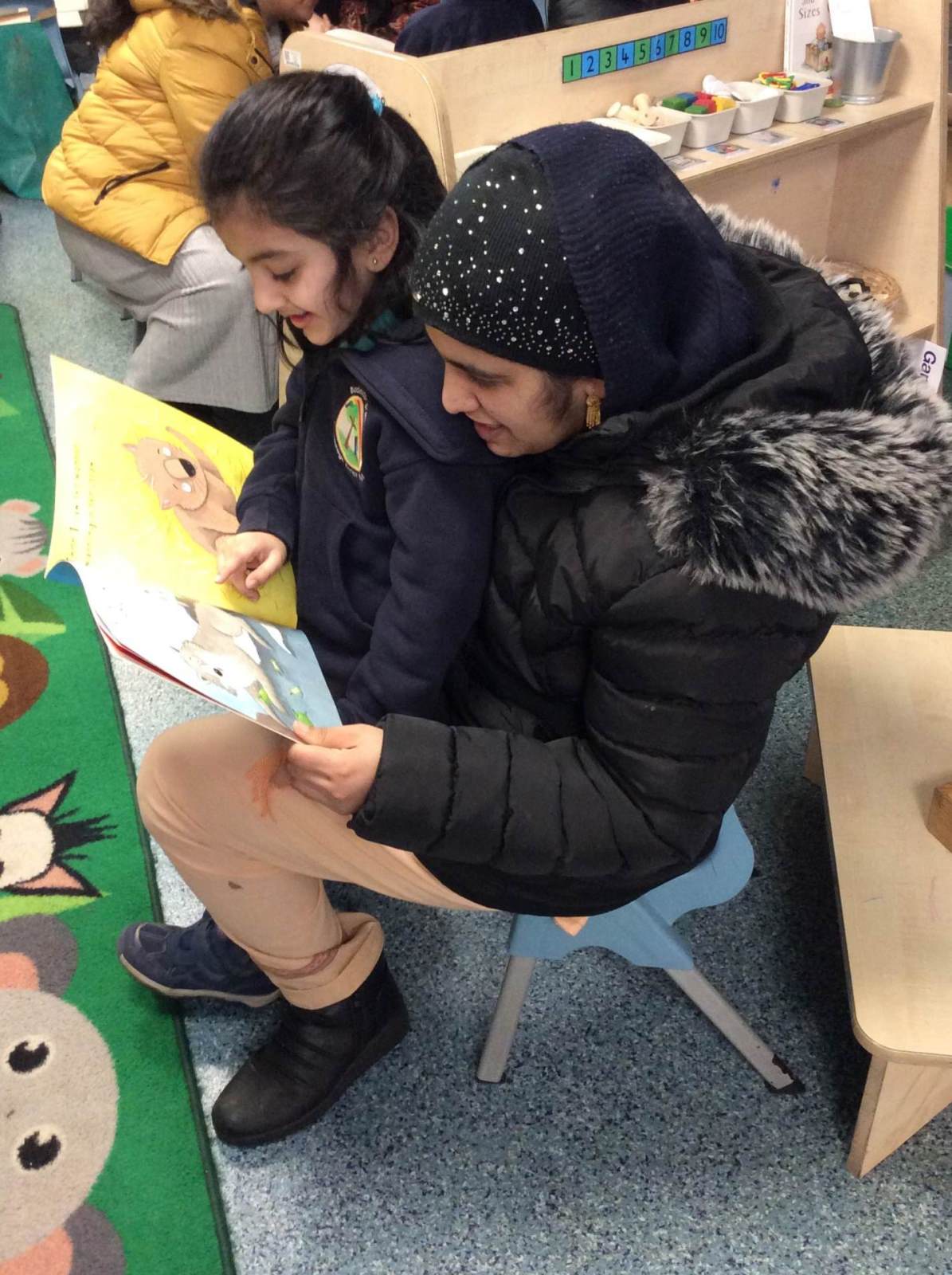

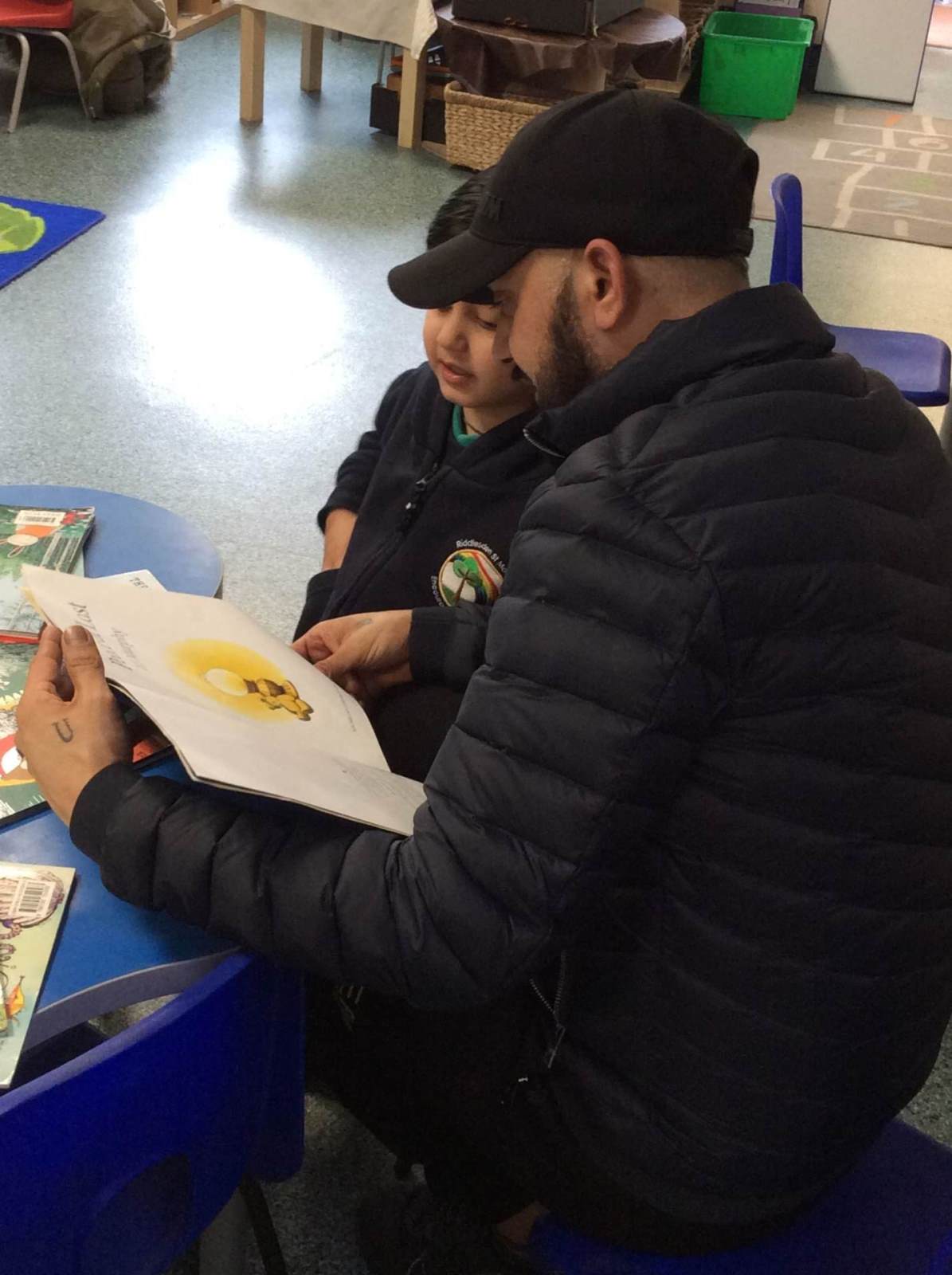
//player.vimeo.com/video/743027301?title=0&byline=0&loop=1#t=0.5
More ways to help at home
Please do access the video links we send via Ping. These videos have been created by our trained Little Wandle staff and will support your child in recognising the grapheme's they have been learning at school.
When listening to your child to read their phonics book, encourage them to read with fluency (this is when children do not say each letter sound and then blend to read the word), they will be familiar with this phrase from school.
Ask your child to use their 'story teller voice', this is when we add expression to the words and sentences we read. Children will have practiced this at school too.
Finally, share your thoughts and opinions on the book, ask your child to do the same. Is there any vocabulary they need explaining to them? You could also ask them a couple of questions to check their understanding.
You can now purchase Little Wandle grapheme flash cards to use at home. These can be bought from Amazon and are called 'Little Wandle at Home'. Please speak to Miss R Halliday if you need any further support with this.
Check out the Little Wandle 'Everybody Read' document below for some more tips.
everybody read leaflet for parents.pdf

